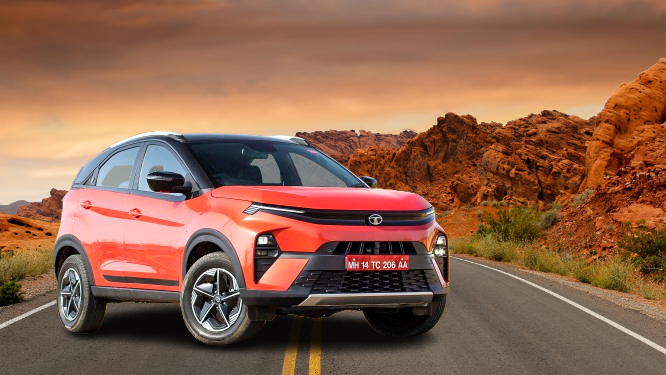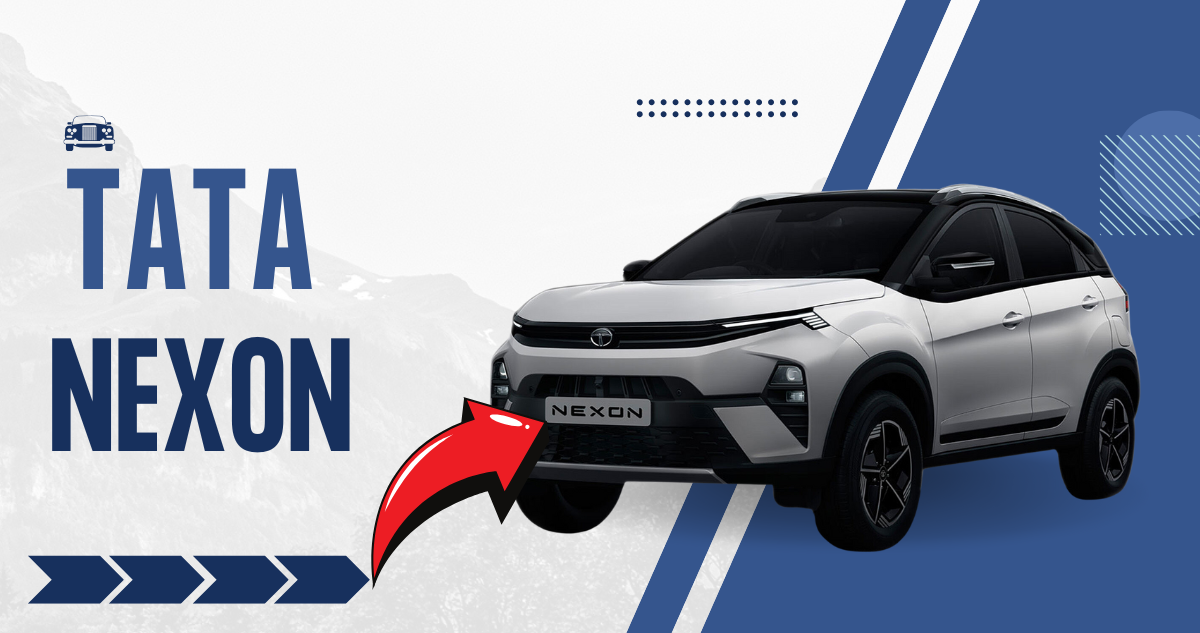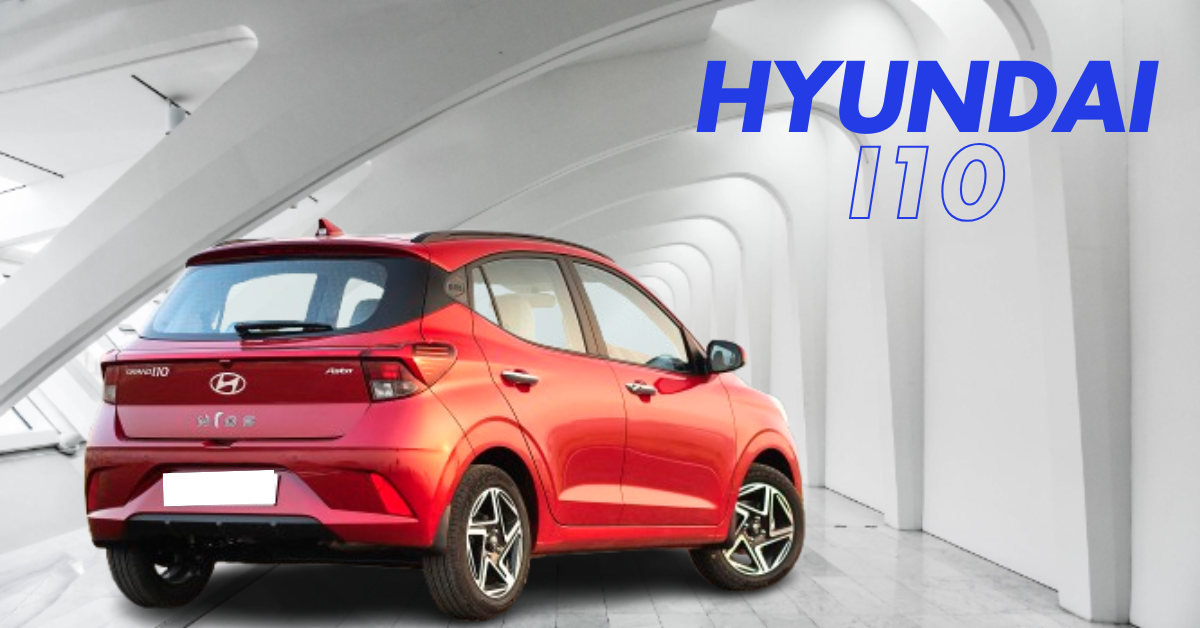The Tata Nexon has made a name for itself in the compact SUV market with its stunning design, robust build quality and impressive features. However, one question is constantly bothering prospective buyers: should you choose the petrol or diesel variant? Both options have their own pros and cons, but ultimately the decision depends on your driving habits, budget and personal preferences. In this blog post, we will compare the mileage, cost and use cases of both petrol and diesel Tata Nexon variants to help you make an informed decision.
Tata Nexon Petrol and Diesel
a. Petrol Variant
The petrol variant of the Tata Nexon is powered by a 1.2-litre turbocharged engine that delivers smooth and refined performance. Here are its key specifications:
- Engine: 1.2L Revotron Turbocharged Petrol Engine.
- Power Output: 118.3 bhp.
- Mileage: 17.4 kmpl.
- Price Range: ₹7.80 lakh to ₹13.35 lakh (depending on trim).
- Best For: City driving, occasional long drives, and buyers looking for a quiet driving experience.
b. Diesel Variant
The diesel variants of the Tata Nexon are powered by a 1.5-litre turbocharged engine that is known for its high torque and fuel efficiency. Key specifications include:
- Engine: 1.5L Revotorq Turbocharged Diesel Engine.
- Power Output: 113.4 bhp.
- Mileage: 21.5 kmpl.
- Price Range: Slightly higher than the petrol variant.
- Best For: Long-distance commuters and highway travelers.
Key Differences Between Petrol and Diesel Variants
a. Mileage Comparison
- The petrol variant offers a mileage of 17.4 kmpl, making it suitable for urban drivers who travel short distances daily.
- The diesel variant is excellent with a mileage of 21.5 kmpl, making it a better choice for high-mileage users.
- Example: For a mileage of over 1,000 km, the diesel variant can save you around 19 litres of fuel compared to the petrol variant.
b. Initial Cost
- Diesel variants usually come with a higher price tag than their petrol counterparts.
- If your driving is limited to less than 50 km/day, the additional cost of the diesel variant may not be justified.
c. Maintenance Costs
- Maintenance and repairs of petrol engines are generally less expensive than diesel engines.
- Diesel engines may have higher service costs, but offer better durability over time, especially for high-mileage users.
d. Driving Experience
- Petrol Tata Nexon: Smoother, quieter and more refined, ideal for city roads.
- Diesel Tata Nexon: Offers better torque and pulling power, making it ideal for highways and hilly terrains.
When Should You Choose the Petrol Tata Nexon?
- Urban commuter: If you mostly drive in the city, the petrol variant’s mileage of 17.4 kmpl is enough for you.
- Low initial investment: With a starting price of ₹7.80 lakh, it is an economical option.
- Short distance: Ideal for users with annual mileage of less than 15,000 km.
- Quiet engine: The petrol engine runs quieter, making the driving experience more comfortable.
When Should You Choose the Diesel Tata Nexon?
- High mileage users: With a mileage of 21.5 kmpl, the diesel variant is economical for those who travel long distances.
- Frequent highway travellers: Diesel engines are better for long-distance drives as they have more torque.
- Heavy loads: If you frequently drive with a full load or on slopes, diesel engines perform best.
Calculating Your Break-Even Point
An important factor when choosing between petrol and diesel is the break-even point – the point at which the higher price of the diesel variant is offset by the fuel savings. It is calculated as follows:
Example Calculation:
- Price difference between diesel and petrol variants: ₹1 lakh.
- Mileage difference: 4.1 kilometres per litre.
- Average fuel price difference (petrol vs diesel): ₹10 per litre.
- Break-even point: Around 50,000-60,000 kilometres of driving.
If you plan to drive more than 60,000 kilometres in the vehicle’s lifetime, the diesel variant is the more economical option.
Real-World Scenarios
Scenario 1: City Driver
- Scenario 1: City driver
- Recommended variant: Petrol, due to low upfront cost and adequate mileage.
Scenario 2: Highway Traveler
- Daily commute: 100 kms.
- Recommended variant: Diesel for better fuel efficiency and long-term savings.
Environmental and Regulatory Considerations
- Diesel engines typically emit more NOx and particulate matter, which impact environmental regulations.
- The Tata Nexon’s BS6-compliant engines ensure lower emissions for both petrol and diesel variants.
- Consider the future of diesel vehicles, as some cities may ban older diesel models.
Petrol or Diesel?
The choice between the petrol and diesel Tata Nexon ultimately depends on your driving habits:
- If you travel short distances, prefer a quieter engine, and want a lower upfront cost, choose the petrol.
- If you travel long distances, prefer a diesel engine, and want a lower upfront cost, choose the diesel.

Closure
Tata Nexon is offered in both petrol and diesel variants to suit the varied needs of customers. By understanding your driving patterns and calculating the long-term costs, you can choose the option that best suits your lifestyle. Whether you are cruising around the city in the petrol Nexon or cruising the highways in the diesel Nexon, this compact SUV ensures a comfortable and feature-rich driving experience.
Take a test drive today to experience the Tata Nexon and decide which variant suits your needs the best!






